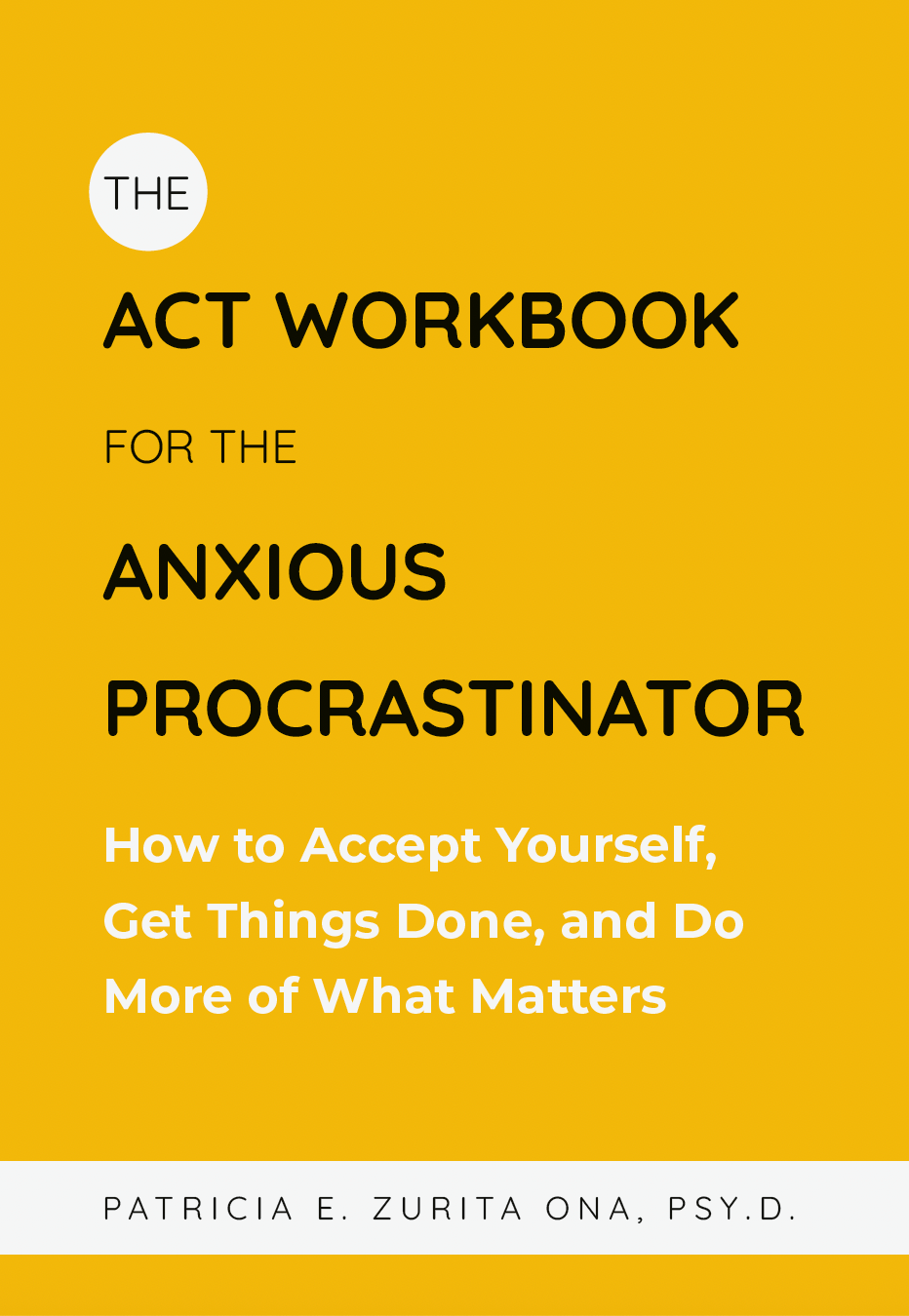Over the last couple of months I wrote different posts about exposure and its current clinical applications: Exposure: What is it and why is it important?, (b) Values-based exposure: what is it? Why to do it?, Social phobia/anxiety and values-based exposure).
Today, I would like to introduce you to two youtube videos that highlight the changes on exposure work from a traditional behavioral therapy to a contemporary behavioral model.
First video: In this short video presented by Eli Lebowitz, Ph.d., from the Yale Child Study Center, there is a clear description of the rationale behind exposure work, what exposure is, and how it can be done effectively from a traditional behavioral therapy model or Cognitive Behavioral Therapy (CBT) approach. As you can see, the emphasizes and goal of exposure-based interventions from this model is: desensitization/habituation to fear/anxiety.
[youtube http://www.youtube.com/watch?v=ikBeDCSFpqs]
Second video: In this presentation from the Portland Psychotherapy Clinic, Brian Thompson, Ph.D. describes exposure-based work from the perspective of Acceptance and Commitment Therapy (ACT) , a form of modern behavioral therapy. As you will hear, the goal of exposure-based interventions from this approach is to help clients to foster psychological flexibility and embrace a valued-based life.
[youtube http://www.youtube.com/watch?v=57NBNOcJ7iI]
A recent publication by J. Arch & M. Craske (2008) in which the authors carefully review three different studies looking at components, processes, and outcomes of traditional and contemporary behavioral treatments for anxiety (CBT vs. ACT), indicated that both approaches are effective, however, they operate through different psychological processes. Traditional behavioral models (CBT) attributes change to fear reduction while in contemporary behavioral models (ACT) the argument is that change occurs due to an increase on client’s ability to tolerate fear and anxiety.
As a clinician and practitioner of evidence-based therapies, it’s important for me to translate the above information, and research in general, into my clinical work as a way of delivering therapy to the best I can and with the added benefits of sound science. Therefore, I can safely say that contemporary behavioral models have allowed me to be more effective and compassionate in my work with clients struggling not only with anxiety but also with other emotions that lead to avoidance and other problematic behaviors.
Values-based exposure continues to be at the core of my clinical work. Therefore, if you’re thinking about exposure practices, I want to ask you one more time: what is the exposure in the service of?
—————————————————————————————————-
Arch, J. J., & Craske, M. G. (2008). Acceptance and commitment therapy and cognitive behavioral therapy for anxiety disorders: Different treatments, similar mechanisms? Clinical Psychology: Science & Practice, 5, 263-279.






